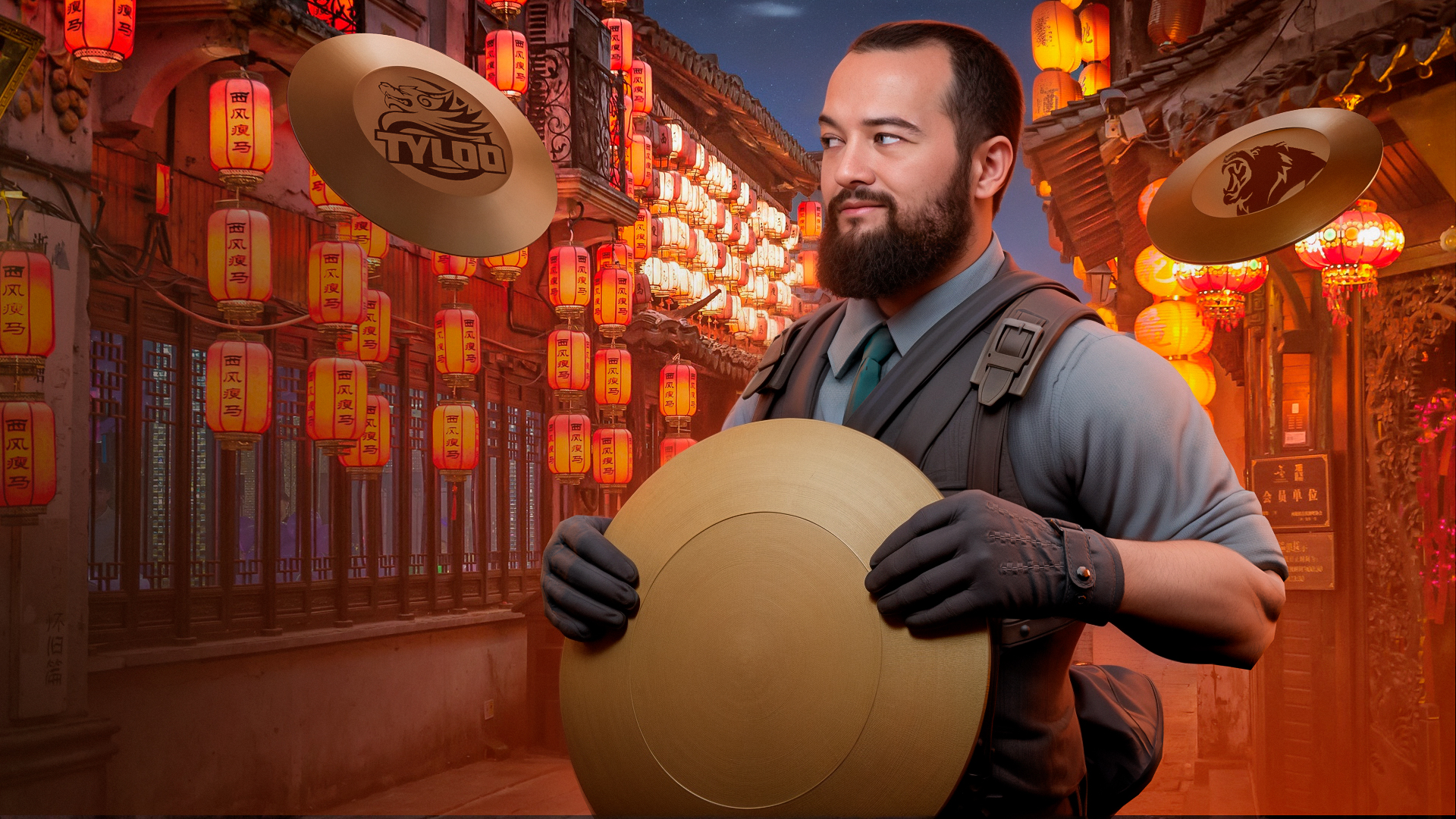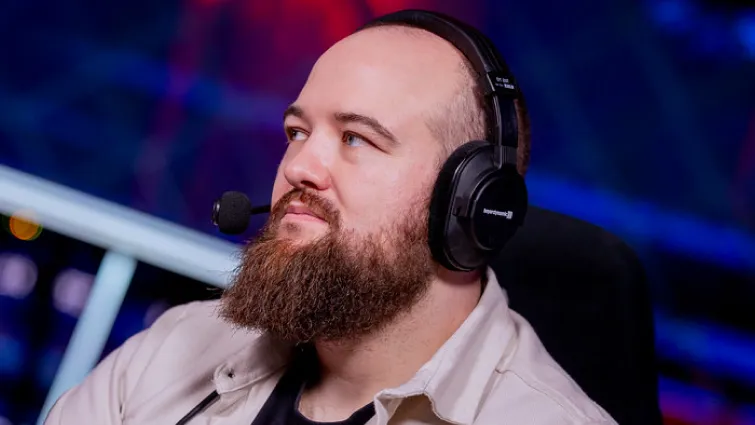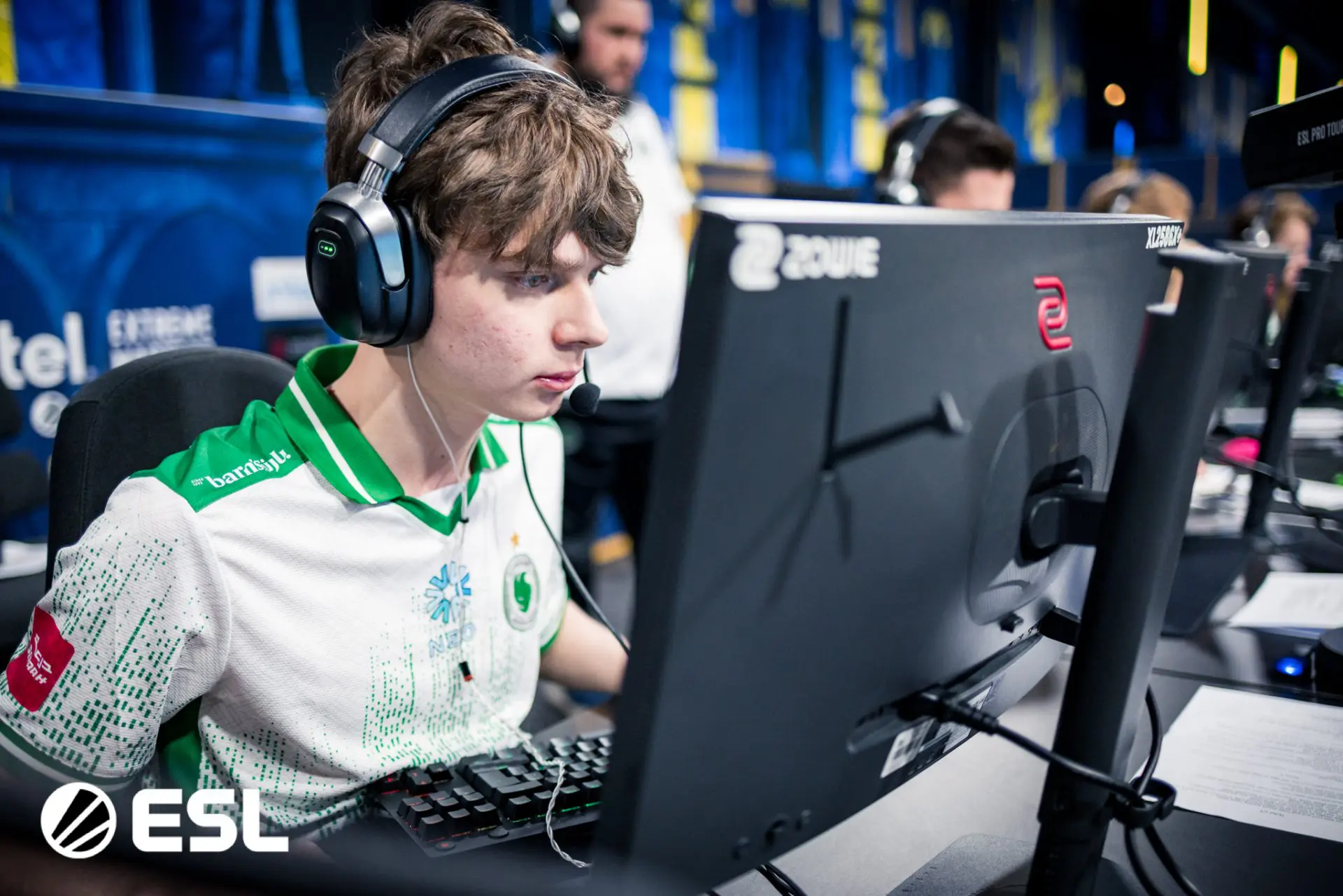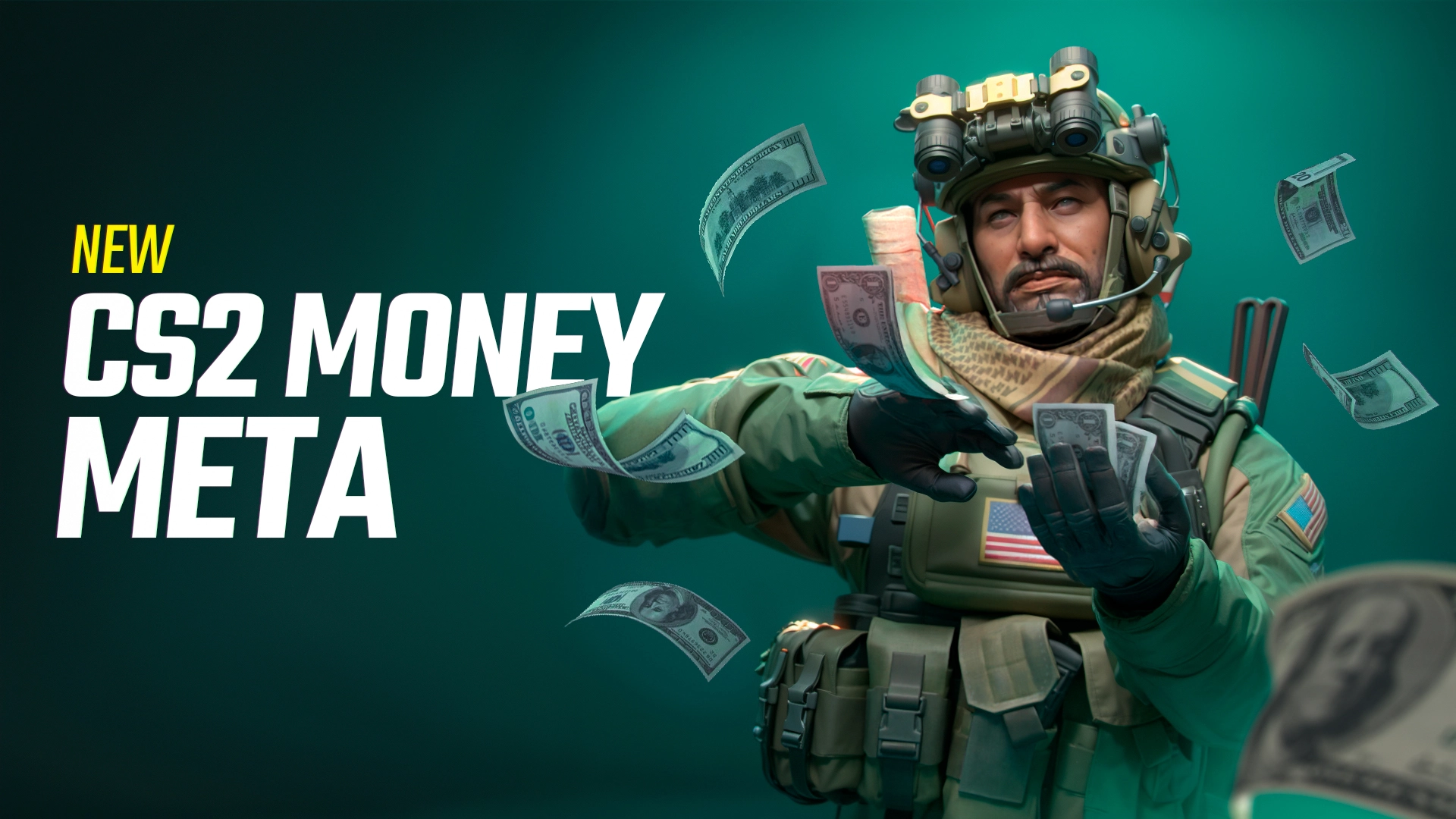I always thought one of the sad parts of CSGO was that it never really lived up to its name. It was supposed to be Global Offensive. But in reality, it was mostly a European Offensive. CSEO doesn’t really have the same ring to it. It sounds more like the latest thing someone on LinkedIn is trying to sell you to improve your company’s visibility on the internet.
So how come CSGO didn’t grow to the same popularity in all regions? That, no doubt, is a hard question to answer, and for that very reason, I’m going to skip it for this article. But what you have to notice is that Chinese Counter-Strike is somehow making an incredible run in the past few years. Perhaps we can finally see the real rise of Chinese Counter-Strike.
China’s Counter-Strike Legacy
In fact, I am here to argue that there has never, in the history of the game, been a more promising time for Chinese Counter-Strike to blow up. I think one of the more important aspects of making Counter-Strike really take root in a country is having some kind of history with the game. For China, that has been the case for as long as I have been near the game.
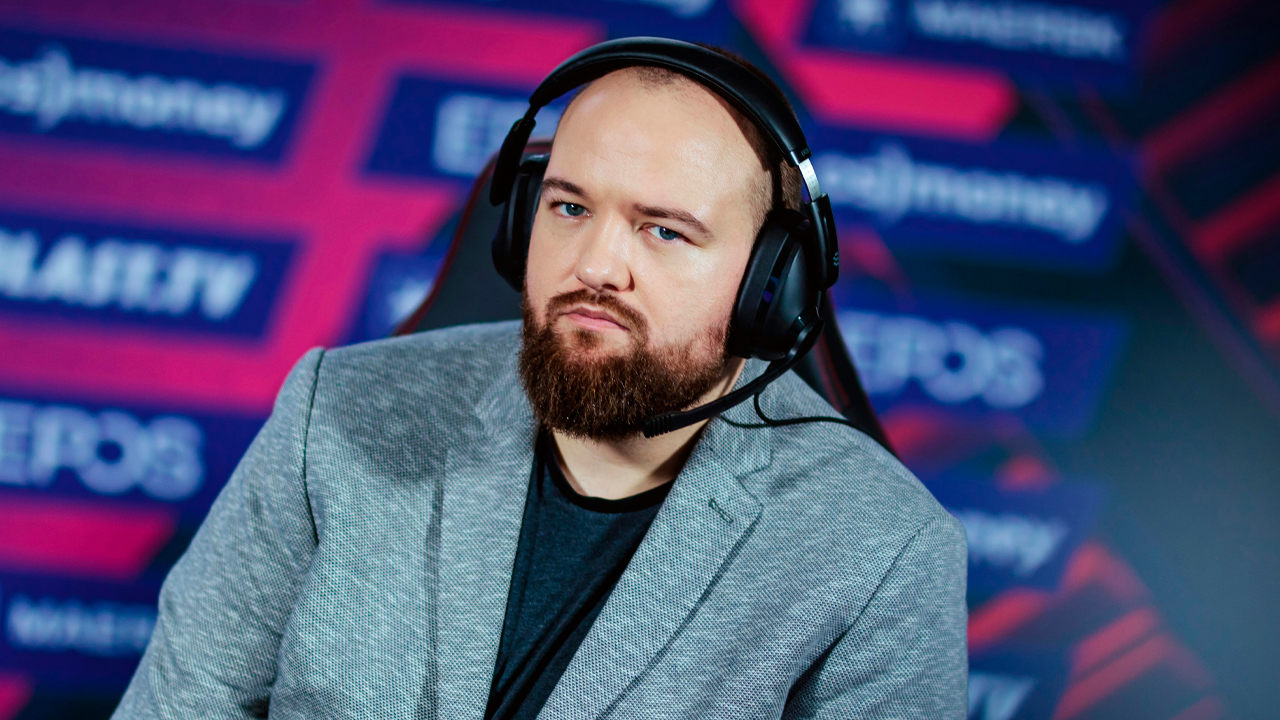
Names like Tyloo or wNv have been around long enough to earn our respect—and certainly long enough to be inspirational to a future generation of Chinese Counter-Strike players. We certainly had interesting tournaments in China going very far back: WCG and IEM all predate CSGO; even the CPL had stops in China. I remember myself going to Beijing for “MSI BeatIT” in 2013 and seeing how many Chinese fans there were who were excited to see VeryGames play or watch Fnatic. NiP weren’t at the tournament, but plenty of locals excitedly asked about GeT_RiGhT and f0rest. What I am really trying to say is that even if the results in CSGO weren’t what they could have been, Counter-Strike as a whole has really soaked into China.
The Perfect World Partnership
In CSGO, Valve launched a partnership with Perfect World to be the distributor of Counter-Strike inside China. For those who aren’t aware of how this works: in China, you are not allowed to publish games without being affiliated with a Chinese liaison company. Perfect World, to their credit, has run what they call the CAC for a long time, which—along with IEM events—has served as the tournament pillar in the region.
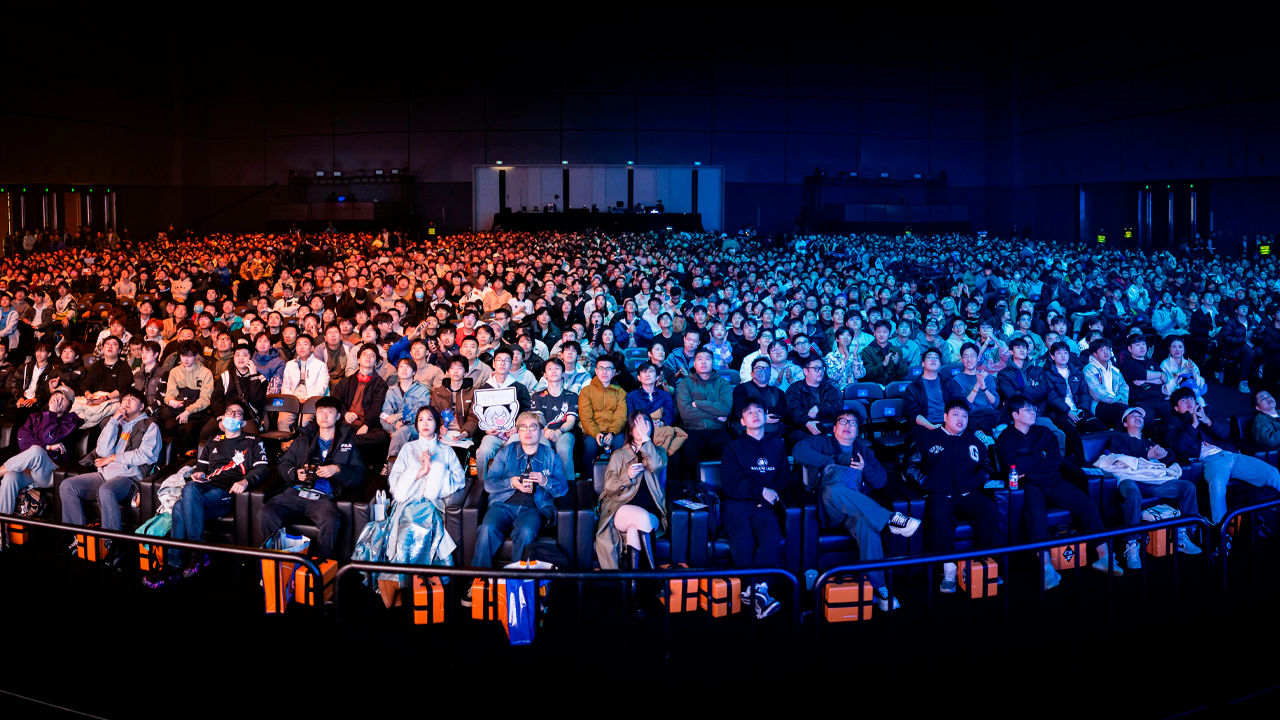
For these events, though, there was never really a big hope that a Chinese team might actually win or even place in the top four. There was a certain inconsistency to the rosters and the overall performance. Individually, the Chinese players were always strong, which made for action-packed games and the occasional upset—but it felt like the scene was stuck in that mode for a very long time.
Cultural and Technical Challenges
It would be worth remembering at this point that, like in a lot of countries from the region, a game like Counter-Strike has to compete with whatever is popular at the local PC cafés. The trends here are partly cultural but also partly hardware-driven. A game like Counter-Strike that puts very high demands on having particularly high-end CPUs is a hard sell for PC cafés in smaller cities that may not be able to upgrade as regularly. Here, a game like Crossfire might have a natural advantage.
Beyond that, a lot of FPS gaming in China is cross-platformed into mobile games like Call of Duty and Peacekeeper Elite. The advantage here should be obvious: mobile hardware is much more widely available. Perhaps a last point worth mentioning is that China has long been uneasy about the concept of graphically violent games, which—even if the Chinese version of CS has blood removed—might still put it at a disadvantage. From what I can gather, the trend from PC cafés to home-owned PCs in China is slowly underway, and this should be an interesting sign for a stronger CS future.
It really isn’t until 2018 that we begin to see the first Chinese team, Tyloo, enter the HLTV top 30 world ranking. Now we have both Tyloo and Lynn Vision in the top 20. This is a significant development that could be the beginning of something much bigger if a few things align in the right way.
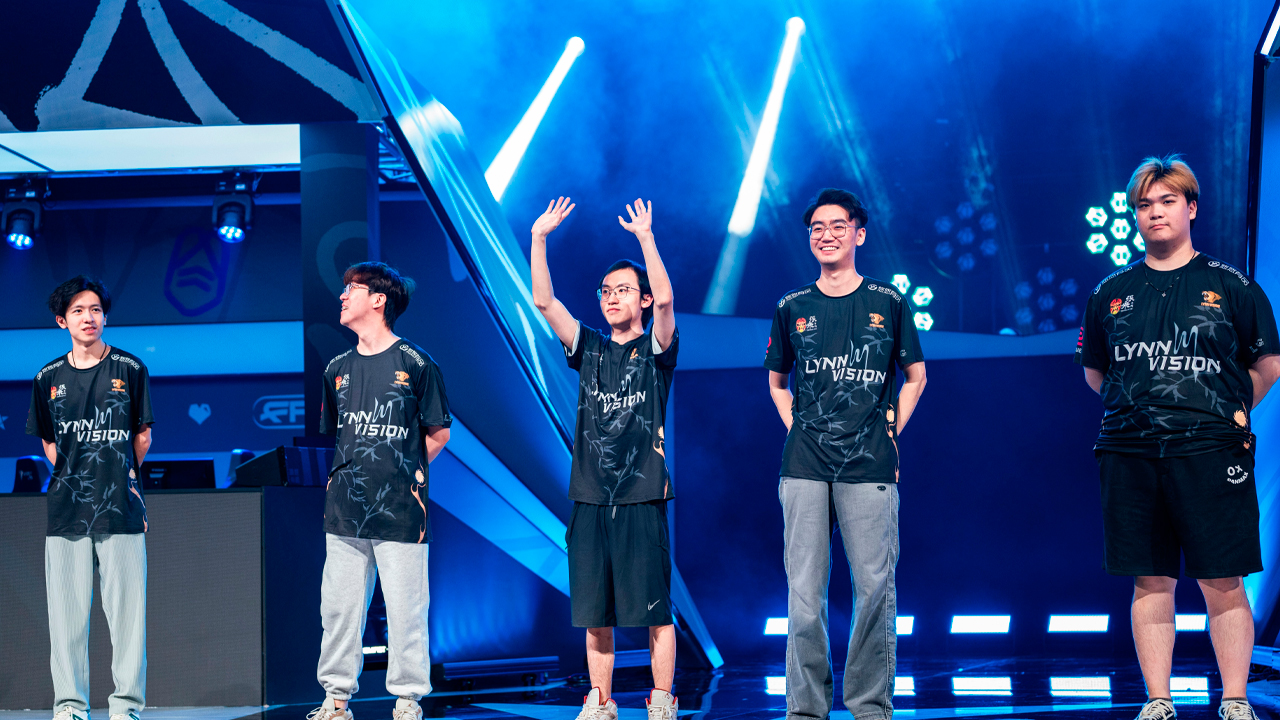
China has a crazy advantage when it comes to putting on events because it is significantly easier to get fans to show up in large numbers, meaning events are much more likely to really feel like big events. Like I mentioned in the beginning, the Chinese fans remember their Counter-Strike history in a way that might surprise a lot of people. It certainly has always been impressive whenever I’ve had a chance to attend events in the country.
A Booming Tech and Sponsorship Market
This next part I will try and refrain from pretending to be an expert on, but from the outside, it also looks like the economy of the Chinese tech space on the whole should allow for a sponsorship buy-in that could put a lot of other regions to shame.
The streaming platforms in China have a lot of money and are always in the market for finding ‘the next big thing,’ and Chinese hardware brands—be it cars or phones or laptops—should be approachable if Counter-Strike really caught the imagination of the Chinese player base. In a lot of other areas in Counter-Strike, finding regular sponsorship from hardware-based companies has become harder, but I would argue in China it would be a different conversation.
A lot of the above has been true for a while, but the difference at this moment is that the quality of the Counter-Strike being played by the top Chinese teams in 2025 is on a level that can’t even begin to be compared to just a few years ago. The hard-hitting mechanical talent of the past is still there, but finally, the Chinese teams are playing an up-to-date tactical meta.
They no longer make the kinds of mistakes that would cost them big games in the past. There is a level of discipline and tactical understanding that can carry them further—finally. Add to that the fact that 3,186 Chinese teams signed up for the 2024 Shanghai Major—an absolutely mind-bending number—and you can see how things are shaping up for the region to finally show its true potential.
We also have a new brand of personality coming out from individual players like Jee and EmiliaQAQ, who are becoming recognizable fan favorites among western audiences too.

What’s Missing and What Could Be
Take a step back here and look at the picture as a whole: a growing economy, world-class players and teams, a growing player base with passionate fans. If the Chinese scene had a circuit that was more structured and could grow the local talent base the full year around, the Chinese Counter-Strike scene could be set to blow the roof off of the rest of the Counter-Strike world in the next few years.
My one big concern is that with Perfect World only doing a few events a year, the investment from more Chinese organizations won’t be big enough to really kick things off. It helps with IEMs and now Fissure also looking to move into the market. But ultimately, I think what the country really needs—and deserves—is a circuit that can sustain itself without international teams showing up.
What this would ultimately look like is hard to say. Maybe a Chinese Pro League would help. Perhaps CAC and Perfect World structure their own circuit with the aim of building the Chinese team base. The fact is, the iron has never been hotter. Now is the time to strike.





























